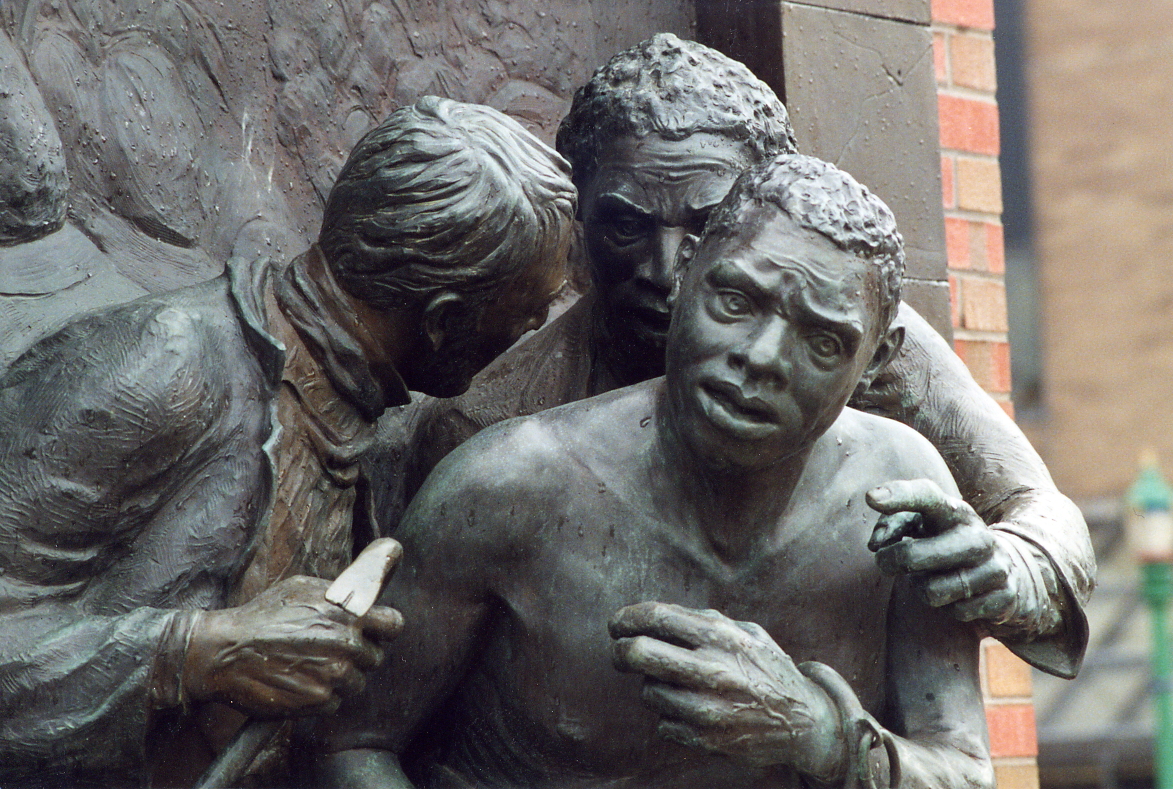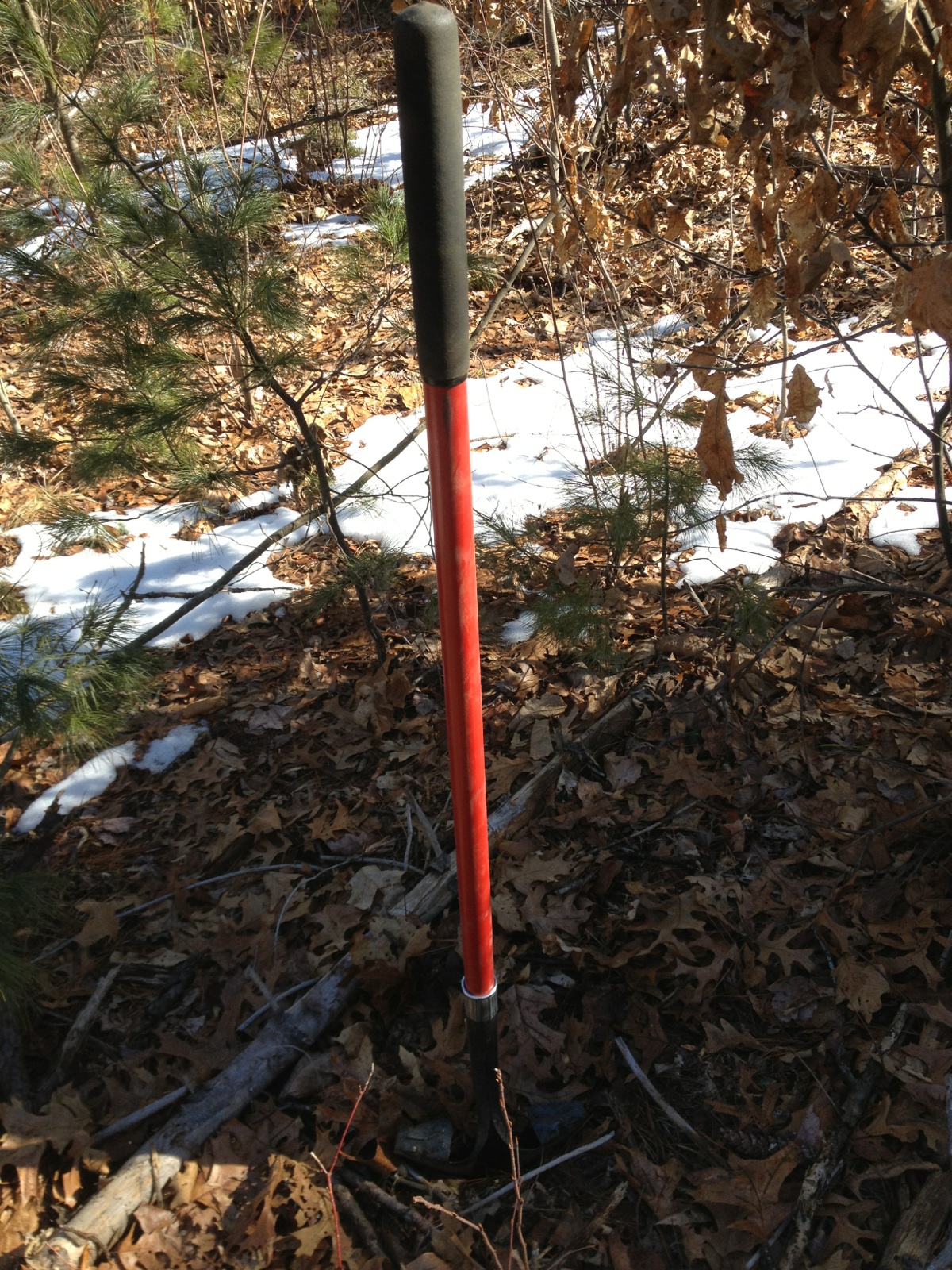The riders found their seats as they piled into the subway car on a pleasant afternoon in 1985. Getting comfortable (no one had to stand), we were soon off on our return trip from Red Hook, Brooklyn to the EPA Region II offices in Manhattan. At first, I barely noticed one of my fellow passengers sitting a little away from me, but eventually I took in his distinctive
An Earth Day Note: Comments with an Archaeological Perspective
On Earth Day in 2017, The March for Science was held by scientists across the country. I mentioned this in comments I made that very morning at the beginning of my presentation to the annual meeting of the New York State Archaeological Association in Lake George. My colleagues who were in the streets exercising their rights to freedom of speech and assembly had my sincere admiration, and I looked at several branches of science in my preamble because of the spirit of the day. Quite by coincidence, my paper was on the effects that ancient climate change had on archaic American Indian societies in our wonderful corner of the world located between the Atlantic Ocean and Lakes Champlain, Erie, and Ontario. Much of my emphasis was on sea-level and lake-level rise that occurred as the world warmed following the Ice Age. These incursions across the shorelines happened fast at first but slowed down over thousands of years. Also quite by coincidence, 2017 was a bad year for the Lake Ontario and St. Lawrence River shorelines. A sudden rise in water level caused suffering for more than a few New Yorkers and people downstream in Canada. The high water actually forced a delicate international situation, since New York State controls outflows from Lake Ontario that were flooding Ontario and Quebec (CBC News 2017). It is debatable whether the 2017 event is part of normal fluctuation also seen in the 1970s and 1990s, or part of a new normal; that is, a notable event in the current global warming trend.
When Earth Day started on April 22, 1970, global warming wasn’t on many people’s radar, and the penchant to “pave paradise and put up a parking lot” was one of the great, iconic symbols of the threat to the fragile relationship between the human and natural worlds. In the present-day, the only people who aren’t at least somewhat concerned about global warming actually deny that is happening (and seem odd in comparison). And there are those who, while acknowledging that global warming is occurring, nonetheless deny that intensively burning fossil fuels for the last 150 years is having an effect on it. The long view I take of the past puts the current situation into perspective for me, and I am convinced that burning fossil fuels is causal, and in fact, may have quickly brought the world out of a long-term cooling trend. Moreover, although there have been warming trends in the past, such as the Medieval Warm Period from about AD 800-1300, our human ecosystem may not be as resilient as it was during past periods (including the Medieval Warm Period).
I want to make three points for consideration of global warming on Earth Day that I glean from the study of archaeology. The first is that although climate history since the end of the Ice Age has included both warm and cold periods, something different is happening now. Since about 10,000 years ago the general trend has been global cooling, sometimes interrupted by warming. For the last 3,000 years, the climate mainly has been cooling. There is a variety of scientific evidence for this, from variation in pollen that indicates what kinds of trees and other plants were prevalent at different times, to variation in the growth patterns of tree rings, to changes in the accumulation of glacial ice, to changes in the chemical composition of samples recovered from a variety of ancient sources. When I mentioned fossil fuel burning changing the larger cold trend, I meant specifically that the most recent prolonged cold snap, known as the Little Ice Age chilled the planet for more than 500 years before being replaced by the beginning of the current warm period about 1860. This climate reversal closely followed a virtual explosion of wide-spread deforestation, charcoal production, and coal-burning that was used to fuel the Industrial Revolution, and iron and steel manufacturing in particular. The forests you see now across upstate New York were cut down back then, and much of the wood was used to produce charcoal for the expanding iron industry. Archaeologists working in the now-regrown woods sometimes find the low, flat-topped mounds of charcoal and earth where the charcoal was manufactured. During the 19th century, coal superseded charcoal. And then we began burning petroleum for fuel. The amount of carbon that has been entering the atmosphere (and oceans) in recent decades is rarely paralleled in earth history (going back hundreds of millions of years). The geological record reveals that these rare surges in atmospheric and oceanic carbon have been associated with mass extinctions (The Sixth Extinction by Elizabeth Kolbert summarizes this quite well).
The second point I want to make is that archaeology provides insights into what people did during previous periods of global warming, such as the Medieval Warm Period, which preceded the Little Ice Age. Although in Europe the Medieval Warm Period is associated with agricultural abundance and all the good that can bring, in many parts of the world, including much of North America, the Medieval Warm Period brought extensive and prolonged drought. This famously affected the Pueblo societies of the American Southwest, and the argument has been made that the great Mississippi Valley society centered at the ancient city of Cahokia was affected severely enough to lead to political instability, collapse, and abandonment. Even in the usually well-watered Hudson Valley region, increased deforestation appears to have occurred during the Medieval Warm Period, and is correlated with decreased rainfall. Deforestation may have increased due to the intensity of lightning-set forest fires occurring in unusually dry conditions. Another perspective on this is that using a diversification strategy for food resources, native people may have started to include uplands more often in agriculture and other subsistence practices, clearing land more broadly, and thus contributing to charcoal accumulations in downstream areas. Whichever the cause of increased forest burning (which is inferred from alluvial charcoal deposits), evidence of increasing salinity in the lower Hudson appears to be the hallmark of decreased water flow from upstream. This provides a good basis to infer increased drought while increased forest burning also was going on during the Medieval Warm Period (Pederson et al 2005). The increasing intensity of storms and associated flooding during this period created another dimension of environmental instability. There is a growing literature on this subject that I tapped into and cited in an article on a ca. 1200-1300 AD archaeological site in Coxsackie, New York (Curtin 2011). My opinion has been that people spread out and diversified to cope with environments that were becoming unpredictable or unreliable for floodplain agriculture.
The third point I want to make is one that Brian Fagan has made in his lively and very informative book about the Medieval Warm Period, The Great Warming. Fagan, by the way, has joined the majority of scientists who have weighed in on the current global warming trend. Like many others, he expressed that the current episode is caused by fossil fuel consumption. His long-range, retrospective archaeological view informs this position. His big point is that the world has changed greatly since AD 1300, and the human-environmental system is now too fragile for people to successfully respond as they have in the past. Foremost among the changes since the Medieval Warm Period are the immense growth of human populations, and the many social and technological changes people have undergone. The ways that people could respond to the adverse effects of global warming 800 years ago are much less possible now. For example, societal responses to the droughts of the Medieval Warm Period in part of the American Southwest included becoming smaller (i.e., fissioning into smaller communities), more mobile, and more innovative in the sense of bringing hunted and gathered foods more into the food economy (Nelson et al 2006). My sense is that this happened in the Hudson Valley as well after agricultural communities began to form during the initial warming. The small, mobile, diverse strategy was possible in these areas because there were large, comparatively unoccupied territories where human subsistence had not greatly pressured needed natural resources. People could move into these kinds of places then. This kind of response is much less possible in today’s world and virtually unimaginable in the United States, where all land is owned either by private owners or government agencies that have land management policies, and often have contracts with mining, timber, and ranching corporations that would conflict with waves of squatters and homesteaders trying to live off the land (Sorry, I have inserted this image into my summary of Fagan in a quick but true nod to post-apocalyptic speculation). Fagan make several essential points: (1) the human world is much larger and more complex than the last time it experienced global warming; (2) its interconnections are much longer, more dense, and more fragile; and (3) the propensity for global warming to spread drought means that water shortage, migration to better-watered areas, and conflict over freshwater resources loom large in the impending crisis. And while I say impending, this set of problems is already a crisis, depending on where you are.
Rising sea-level will present another set of challenges, which have precedents in the ancient past, but which will be a big problem in the present’s more fragile setting, and may be exacerbated by societal divisions that did not exist in the deep past. For example, who will welcome coastal populations moving inland, say from the New York metro area to Poughkeepsie, Catskill, Albany, or Cambridge (Nearing 2017)? At what cost will New York City be protected by technology that may require a perimeter of sea-walls?
Now as we recognize Earth Day, the challenges of global warming are very much in our awareness. As we think about this, we should be informed that cycles of warming and cooling in the past posed their particular challenges, but there is no good analogy to the present situation. The fact that earlier warm periods existed in no way normalizes what we are experiencing, or will continue to experience as global warming increases.
References Cited
Curtin, Edward V.
2011 A Small Site in Coxsackie, Circa A.D. 1200: Some Ecological Issues Concerning Its Age and Location. In Current Research in New York State Archaeology: A.D. 700-1300, edited by Christina B. Rieth and John P. Hart. Pp. 53-76. New York State Museum Record.
Fagan, Brian
2008 The Great Warming: Climate Change and the Rise and Fall of Civilizations. Bloomsbury Press, New York.
Kolbert, Elizabeth
2014 The Sixth Extinction: An Unnatural History. Picador, New York.
Jardin, Laurene
2017 St. Lawrence River Could Rise if N.Y. Request to Lower Lake Ontario is Approved. CBC News, May 5, 2017.
Nearing, Brian
2017 Global Crisis May Hit Home. Albany Times Union, June 25, 2017.
Nelson, Margaret C., Michele Hegmon, Stephanie Kulow, and Karen G. Schollmeyer
2006 Archaeological and Ecological Perspectives on Reorganization: A Case Study from the Mimbres Region of the U. S. Southwest. American Antiquity 71:403-432.
Pederson, Dee Cabaniss, Dorothy M. Peteet, Dorothy Kurdyla, and Tom Guilderson
2005 Medieval Warming, Little Ice Age, and European Impact on the Environment during the Last Millennium in the Lower Hudson Valley, New York, USA. Quaternary Research 63(2):238-249.
The Funk Foundation's 2018 Grant Cycle
Robert E. Funk in the field, Upper Susquehanna Valley, New York
Photo courtesy of the New York State Museum
The Robert E. Funk Memorial Archaeology Foundation, Inc. is now accepting proposals for grants for research in New York State archaeology. Grant applications must be received by May 7, 2018. The grant applications will be reviewed by the Funk Foundation Board of Directors in a competitive process with award decisions made by June 22, 2018. Further information including the grant application forms can be found on the Funk Foundation website at www.funkfoundation.org. If you have any questions, please email Funk Foundation Board President Ed Curtin at ed@curtinarchaeology.com, or call Ed at (518) 928-8813.
The 2018 grants are for amounts in the range of $1,000.00-$2,500.00. They are ideal to assist parts of stand-alone research projects or studies that are parts of larger projects. For example, Funk Foundation grants have been made to support a range of services such as faunal analysis, radiocrabon dating, petrographic slides, lithic analysis, and remote sensing. Funk Foundation grants do not support fieldwork other than technical applications such as remote sensing.
Jerry's Rescue, Syracuse, 1851
(The original version of this article appeared in 2013 as part of a series on history and archaeology in upstate New York communities)
It’s been five years now, but back in February, 2013 I attended a Saratoga Reads program on the book Twelve Years a Slave by Solomon Northup. How timely. It was African-American History Month, and the movie of the same name was in the works, to be released in October.
Northup was a free man of African ancestry living in Saratoga Springs in 1841, when he was lured away from Saratoga by a promise of work as a musician in a circus, and then sold into slavery in the notorious Washington, D.C. slave market. After his return to freedom in 1853 he published his book and became a public speaker. His book was widely read and seen as an important eyewitness testimony to the inhumanity of slavery.
One of the subjects that came up in the program I attended was the controversy over the Fugitive Slave Act of 1850, which required the return of escaped slaves from non-slave states such as New York (and allowed the prosecution of people harboring slaves). I was reminded then of an event in the enforcement of this law-- and the resistance to it-- that I learned of during an archaeological survey of Clinton Square in Syracuse, New York.
Clinton Square-- located in the heart of 19th century Syracuse, and vitalized in olden times by that essential artery, the Erie Canal-- has a modern monument in brick and bronze to what is referred to as The Jerry Rescue. Jerry, also named William Henry, was working in Syracuse on October 1, 1851 when federal agents (and the local police) seized him and tried to arraign him as an escaped slave (which apparently he was).
The Jerry Rescue monument, Clinton Square, Syracuse, New York
However, the tale doesn’t end here, and in addition, there is a significant back-story to this attempt at fugitive slave capture. In his arrest and incarceration, Jerry became an unfortunate pawn of 1850s politics: In May of 1851, Secretary of State Daniel Webster had proclaimed to an audience in Syracuse that the law would be upheld despite the efforts of the abolitionists-- even if it had to be enforced during a scheduled congress of abolitionists in Syracuse in October.
So when Jerry was seized on October 1 under the very noses of the abolitionists meeting in Syracuse, the outrage of this particular (however legal) kidnapping was met with instant and undoubtedly calculated resistance.
With a canal basin, the best hotel, crowded businesses, government offices, the police station, and eventually an opera house, Clinton Square was the civic and social center of the city. The drama quickly played out in this most public arena where crowds could mass and express the vox populi.
The federal action was an obvious follow-up to Webster’s speech. It was a demonstration of federal power in the face of the radical anti-slavery movement. The abolitionists’ resistance to Jerry’s capture was immediate. It was even anticipated by those who were ready to ring church bells to alert them.
The bells rang. A large crowd gathered. The abolitionists tried to rescue Jerry at arraignment, and he actually broke free, making it to the street (still manacled) before being captured again. His arraignment was rescheduled and moved to a larger room at the police station, but the crowd did not disperse, despite a warning shot fired by the police. The rescuers battered down the door and the police surrendered Jerry, who was hidden in Syracuse, then spirited away to Oswego on Lake Ontario-- and from there to freedom in Canada.
The bronze statues depict William "Jerry" Henry fleeing with abolitionist supporters.
The photos seen here are from the Jerry Rescue Monument in Clinton Square. The monument’s bronze statues were sculpted by Sharon BuMann. They show Jerry, panicked, perhaps in pain, fleeing with the aid of white abolitionist Reverend Samuel J. May, and Bishop Jermain Loguen, an Underground Railroad leader who was once enslaved himself.
Reverend Samuel J. May and Bishop Jermain Loguen, along with many others aided in the freedom of William "Jerry" Henry.
A proclamation made by abolitionist leader Gerrit Smith the day after the rescue noted that “2,500 brave men” rose up for Jerry during the rescue. It also praised Syracuse while describing Daniel Webster in most unsavory terms. Later, Loguen and others were arrested for their roles in Jerry’s rescue (May was not). Bail was posted by Senator William Seward of Auburn, New York, who became Lincoln’s Civil War Secretary of State a few years later. Almost no one was convicted.
However, the story still isn’t quite over. Smith got the arresting Marshall Allen indicted for kidnapping, taking the opportunity through his argument in this case to figuratively indict the Fugitive Slave Law. In the end Marshall Allen, legally within his authority, was acquitted.
Finally, when the abolitionists commemorated Jerry’s rescue in 1853, the speaker preceding Frederick Douglass was Solomon Northup, recently freed, his story in print and sweeping the nation. Anti-slavery sentiment remained strong and Northup remained popular: he appeared in Syracuse to speak again in 1854, when a local newspaper referred to him as “Sol”.
References
Fiske, David
2013 Northup’s Southern Discomfort. Syracuse New Times November 6, 2013. https://www.syracusenewtimes.com/northups-southern-discomfort/. Electronic document consulted on February 13, 2018.
Hardin, Evamaria
1993 Syracuse Landmarks: An AIA Guide to Downtown and Historic Neighborhoods. Onondaga Historical Association, Syracuse, New York.
New York History Net
The Jerry Rescue. www.nyhistory.com/gerritsmith/jerry.htm. Electronic document consulted on February 21, 2013.
Northup, Solomon
2008 Twelve Years a Slave. Wilder Publications, Redford, Virginia.
Winter Archaeology (For Hearty Souls)
Archaeology conjures various pictures in the public imagination. Hot, thirsty, desert archaeologists using small hand brooms to brush the crumbled dust of the ages from ancient stone foundations...
Indiana Jones- and Joans-types in khaki shirts and wide-brimmed hats pushing through steaming, verdant undergrowth, nearly stumbling over long-lost jungle ruins...
Hard-core students of history descending ever deeper into square excavations along a slow, muddy river, the summer sun beating down on the canopies that provide much-needed shade...
Frigid wind blowing snow into the faces of bundled-up seekers of the past as they trudge knee-deep through the icy crests of shifting drifts toward their client's Area of Potential Effect (APE), located just beyond the distant hedgerow...
Digging to recover artifacts before construction. Archaeological data recovery a few years back in the Town of Coxsackie, New York.
Frigid wind blowing snow in the faces of bundled-up seekers of the past as they trudge knee-deep through the icy crests of shifting drifts... What?
The field crew keeps warm by working hard on the survey of a Phase 1 project in Stillwater, NY.
Let me introduce you to winter-time archaeology in the State of New York. I don't want to make it sound too bad. There are those memorable days when it's very cold and getting the job done takes extra dedication. But some days are better than others. Just last week we were out in mostly sunny weather with temperatures reaching the 30s by early afternoon. And some winter fieldwork days are even better than that: Sunny days when you might actually take off your coat and roll up your sleeves. That being said, however, on the cold days, dressing in layers and using hand and foot warmers helps a lot. Many of you know this, and certainly, archaeologists are not the only ones who work outdoors in the winter. People do winter fieldwork in a variety of professions for the same reason: we have clients who are getting ready for construction.
Screen and shovel, awaiting the gloved hands of an archaeologist to continue work in a field near Saratoga Springs, NY. A good example of the snow cover acting as an insulator for the ground beneath.
There is a good reason New York State archaeology is conducted in the winter: Archaeological data are needed to satisfy environmental review and historic preservation requirements so that construction projects can proceed. Often, these projects need to avoid disturbing archaeological sites, or at least adequately take into account how they might affect archaeological sites. People who want to build in the spring or summer sometimes need archaeology done in the winter.
This process starts with a Phase 1 archaeological survey, an investigation of whether archaeological sites occur within a proposed construction area. The Phase 1 survey includes background research: checking files of archaeological site records, researching old maps, visiting the project site to evaluate its setting and condition. This work is sometimes called a Phase 1A archaeological or cultural resource survey, and this part can be done any time of year.
But the full Phase 1 survey has a Phase 1B part involving fieldwork such as test pitting. Most 1A surveys find that the Phase 1B is warranted, and indeed necessary to meet State Historic Preservation Office (SHPO) requirements. The Phase 1B fieldwork can be performed in the winter if the ground is not frozen.
You probably have realized by now we won't shy away just because it's cold: the big limitation is frozen ground. I find that in most years in the Hudson Valley region the ground freezes sometime in January, if it freezes at all. Wooded areas with thick leaf litter and areas covered with snow stay unfrozen the longest. There have been some years recently when the ground in the woods either did not freeze, or froze late and thawed early (staying frozen for maybe 3-4 weeks). Last winter we shovel-tested a wooded area in Ballston, New York during February, and at the end of February we shovel-tested a project site in Warrensburg. In winters when the ground freezes, it routinely thaws upward toward the last crust at the surface. During February and March, a thick, insulating cover of snow may enable the ground to thaw before winter is over, sometimes weeks before it's over, as we found in Cobleskill one winter.
So, often when someone needs to hire an archaeologist in the winter, despair about schedules may be premature. First of all, the background research can be performed. In addition, it may be possible to complete the field archaeology if the project area is wooded, if it has been snow-covered much of the winter, or if it is in a location such as an urban parking lot where a backhoe is needed anyway to test below paved surfaces and fill.
We do fieldwork every winter. The photos shown here represent winter fieldwork performed over the years (with cold hands and warm smiles) by some of the most skilled and dedicated field archaeologists. The captions give a little context on the work and results.
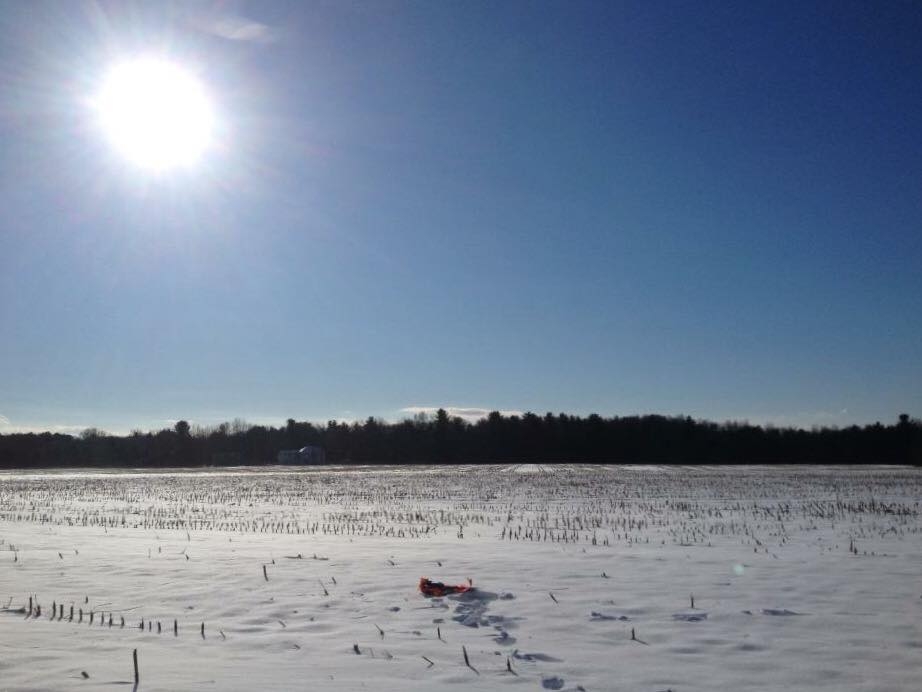
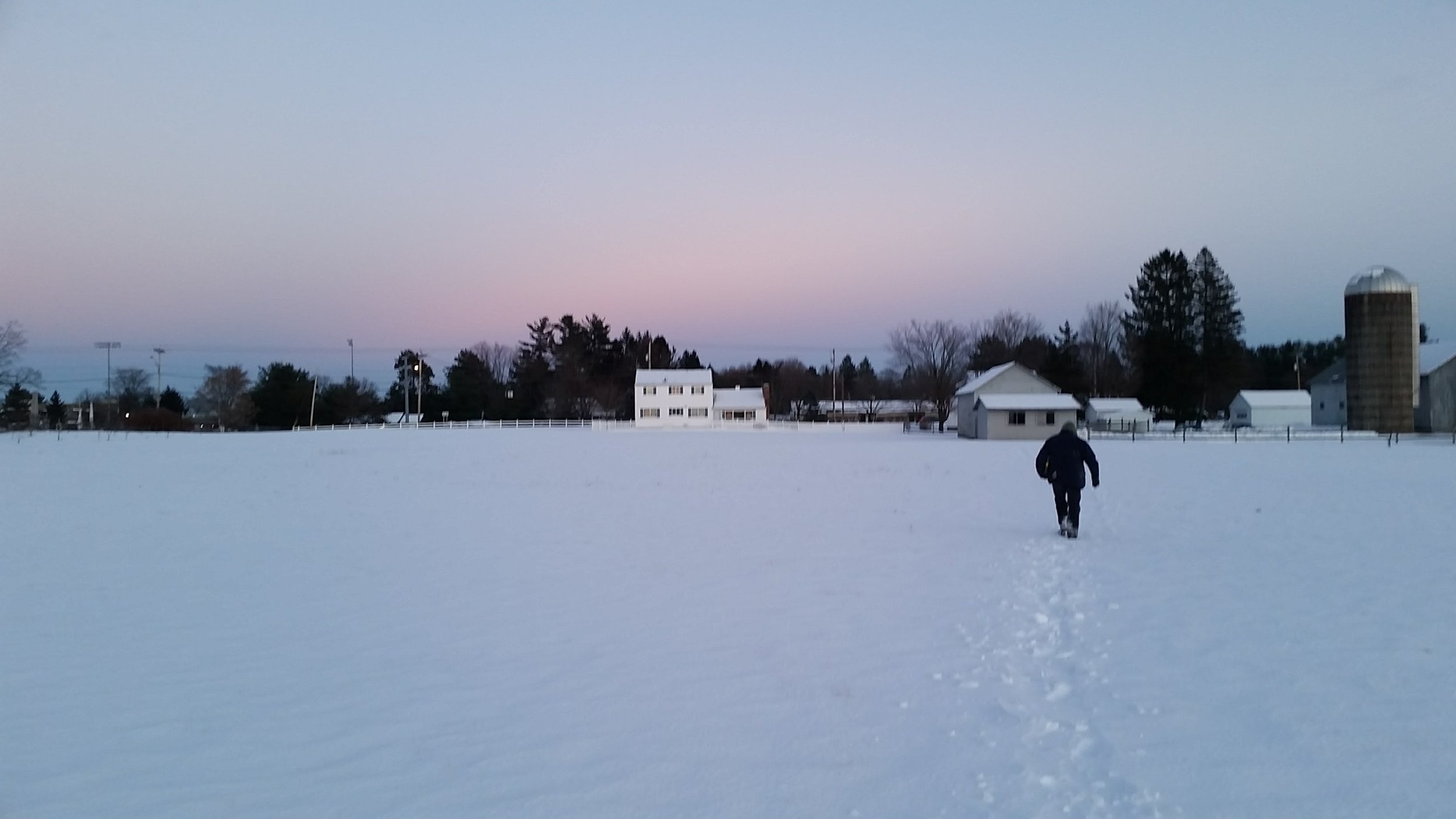
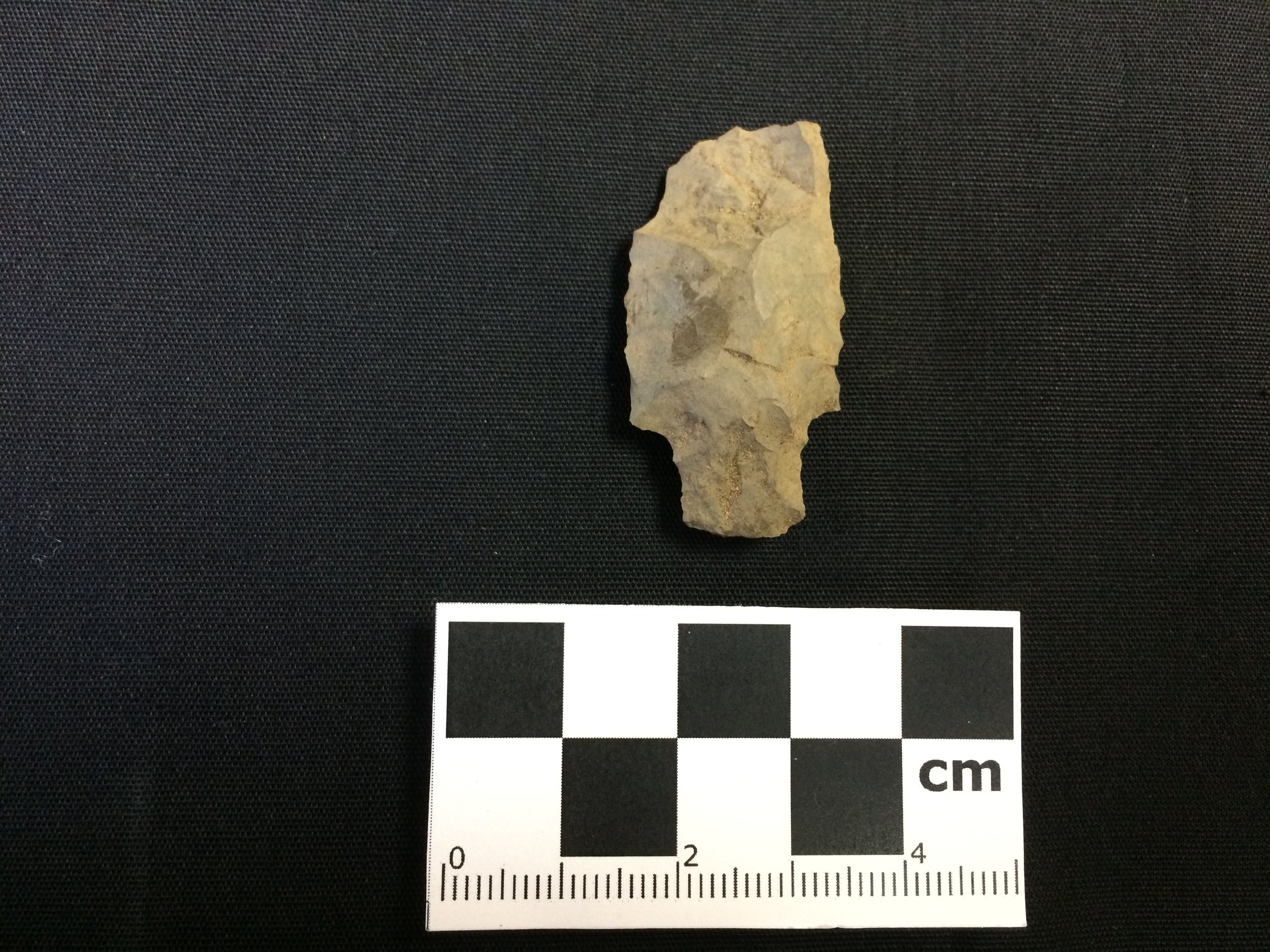
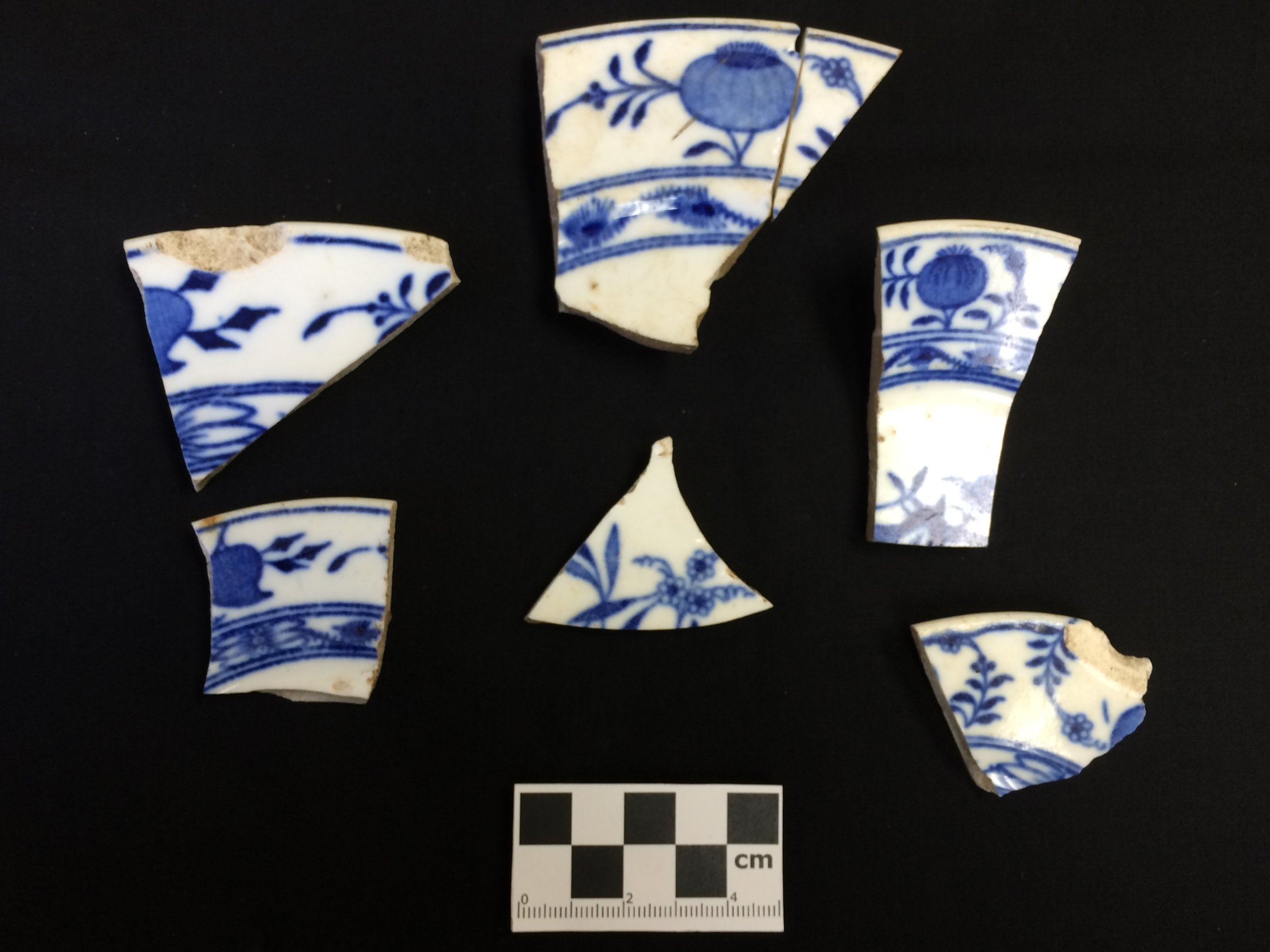


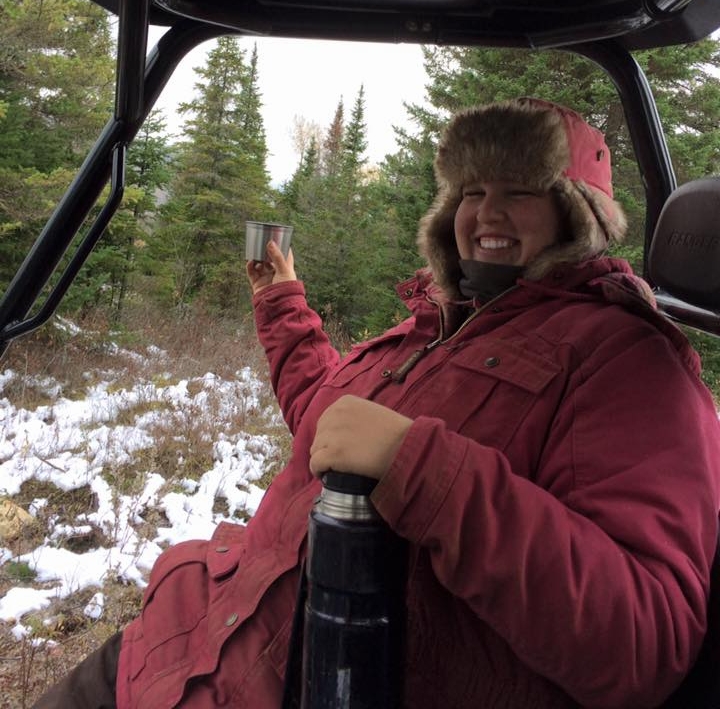
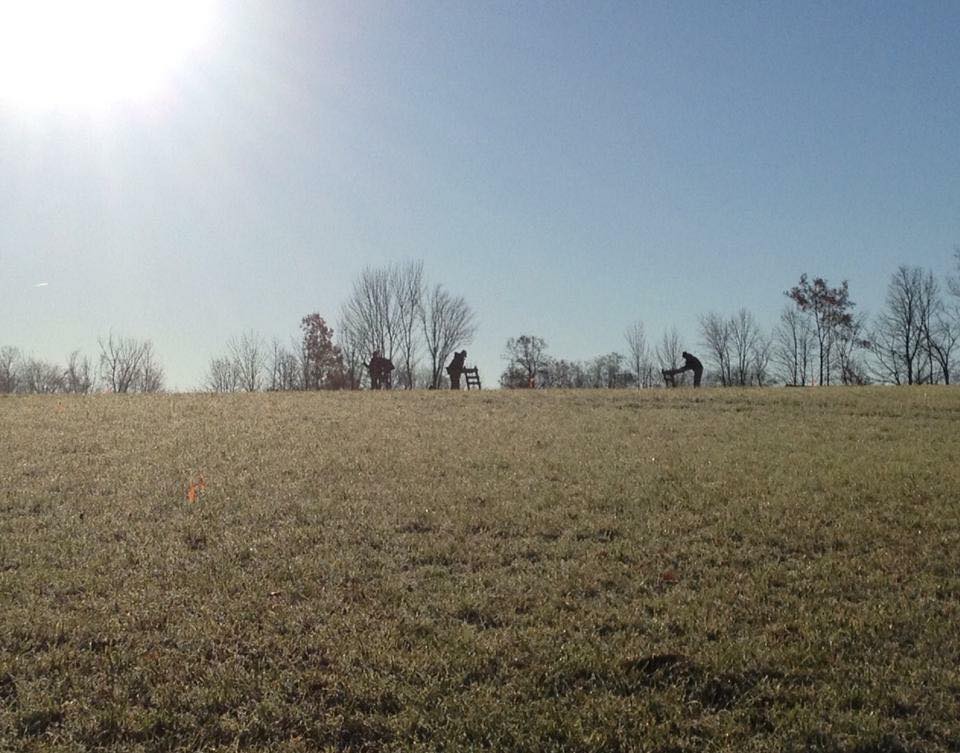
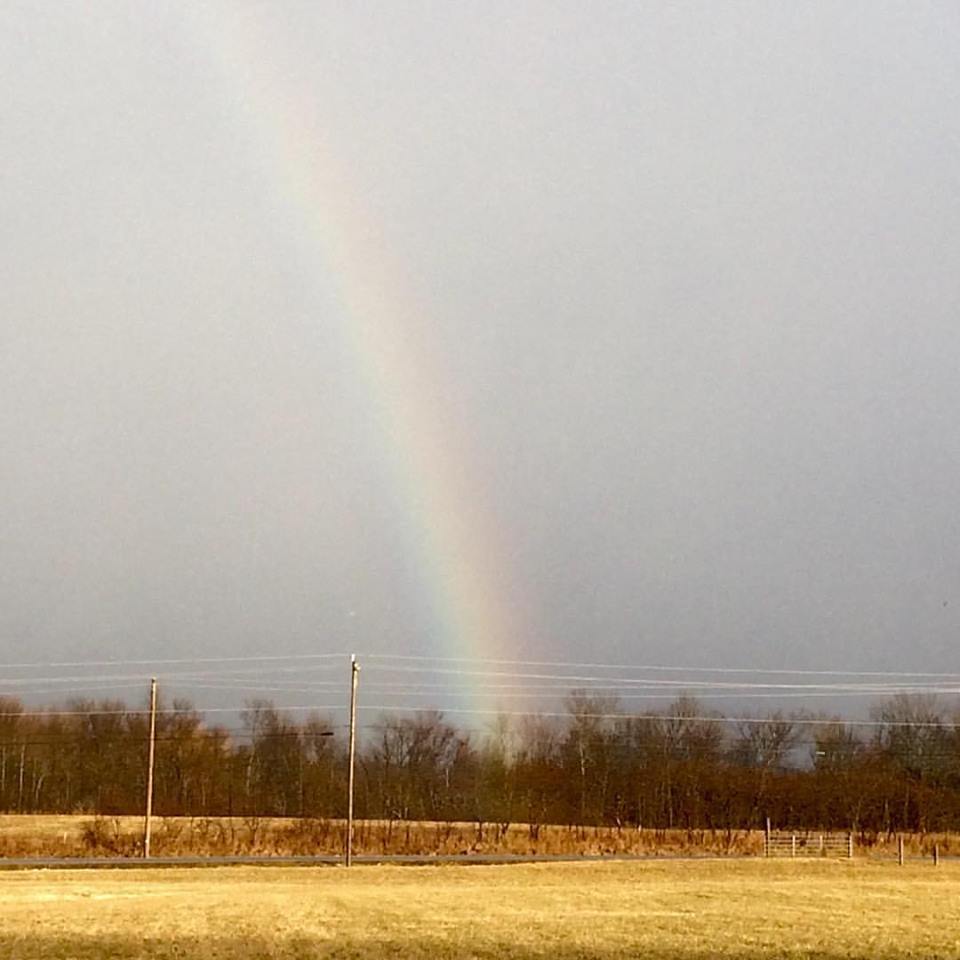
Walking in October Light: A Memory of Learning about the Archaic Period
This month as I drive down narrow country roads on my way to work, the sunlight shines at low angles through the tree canopies ahead, reminding me of an earlier time when I walked through October light in Albany, New York’s Washington Park on my way to the State Museum. It was the late 1970s, and I had come to Albany from Binghamton to study with State Archaeologist Bob Funk, supported by a SUNY pre-doctoral research fellowship.
Announcing a Great New Publication in Archaeology
Numbers 83-84 of the journal Northeast Anthropology is a single, integrated, guest-edited volume titled Archaeological Landscapes: Scale, Technology and Emerging Approaches. It is guest-edited by Nina M. Versaggi, Laurie E. Miroff, and Edward V. Curtin.
One Head, Many Hats: The Diverse Expertise of Cultural Resource Management (CRM) Archaeologists
Recently, my friend Nina Versaggi provided a contribution to The Conversation that succinctly and beautifully offers her perspective of a career in archaeology. While Nina conveys the excitement of archaeological discovery and the importance of reconstructing the past, she also talks about the varied responsibilities and skill-sets that many American archaeologists have as cultural resource managers.
Dena F. Dincauze: A Towering Figure in Northeastern U. S. Archaeology
January in June? 1816, the Year without a Summer
Since I’m seeing news-reference again to the infamous Year without a Summer, I resurrect this piece from a couple years back. 200 years ago this month, a Ballston Spa, New York newspaper story stated that June 6, 1816 dawned cold and snowy. In the “Year without a Summer” it was reported in Ballston Spa that 5 inches of snow fell in June, and 12 inches during June through August.



